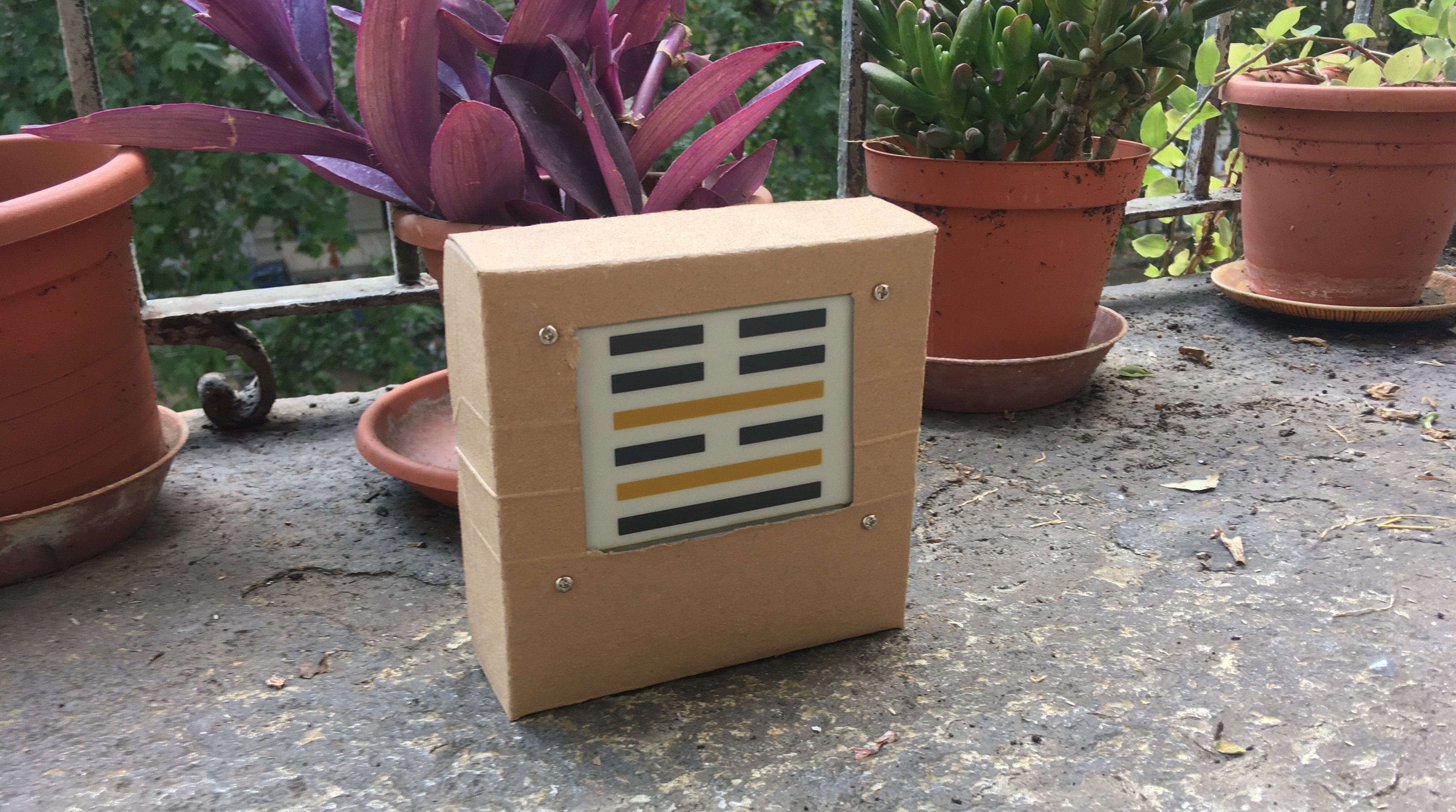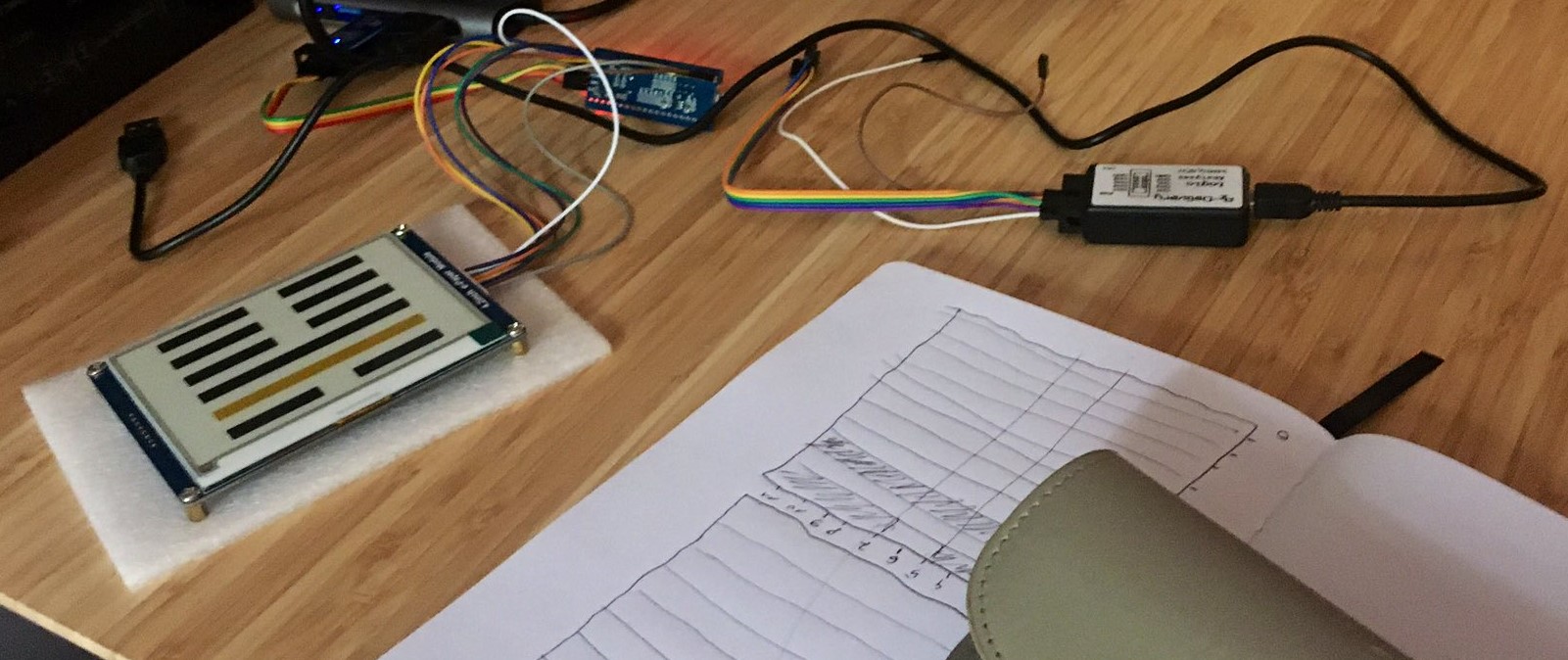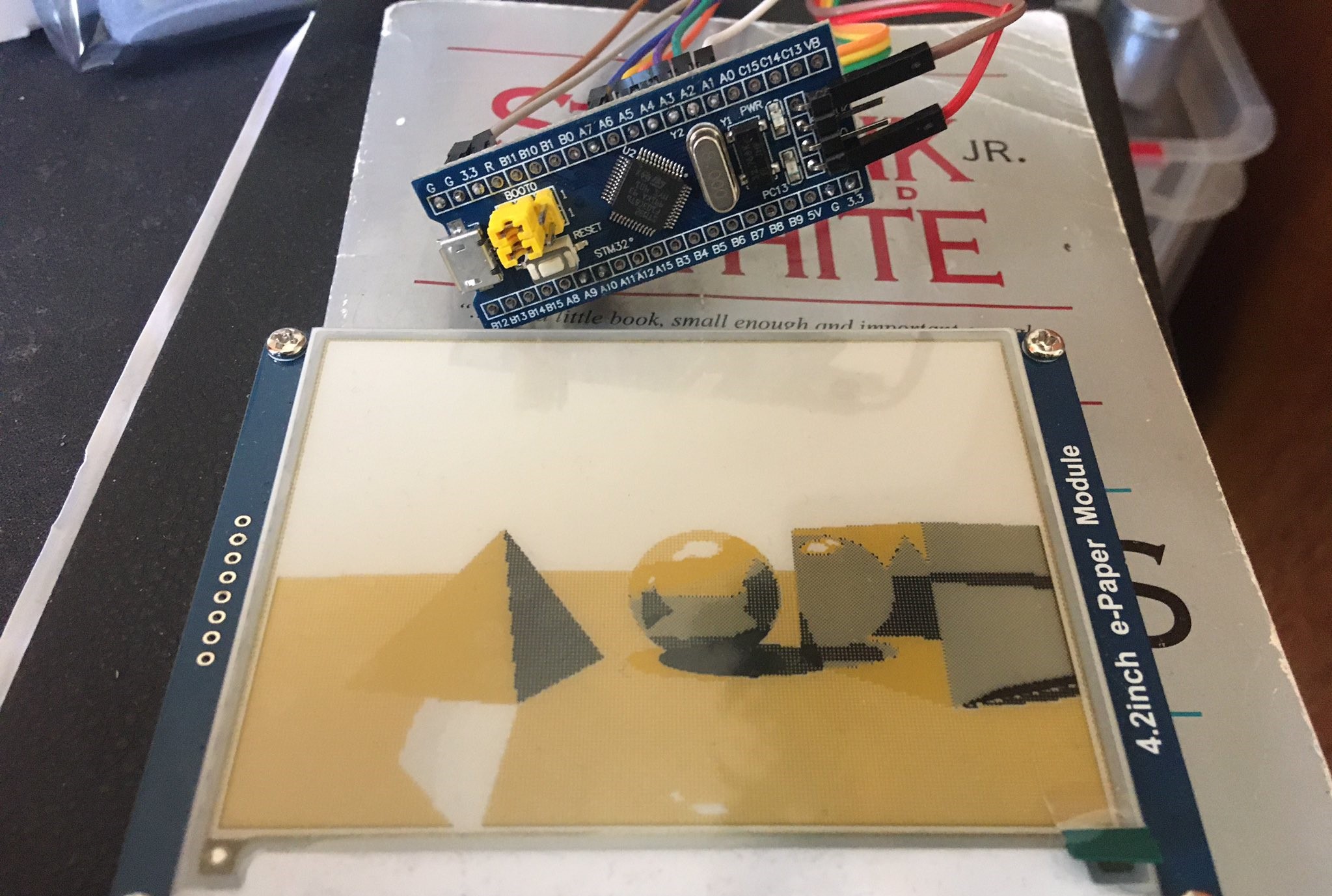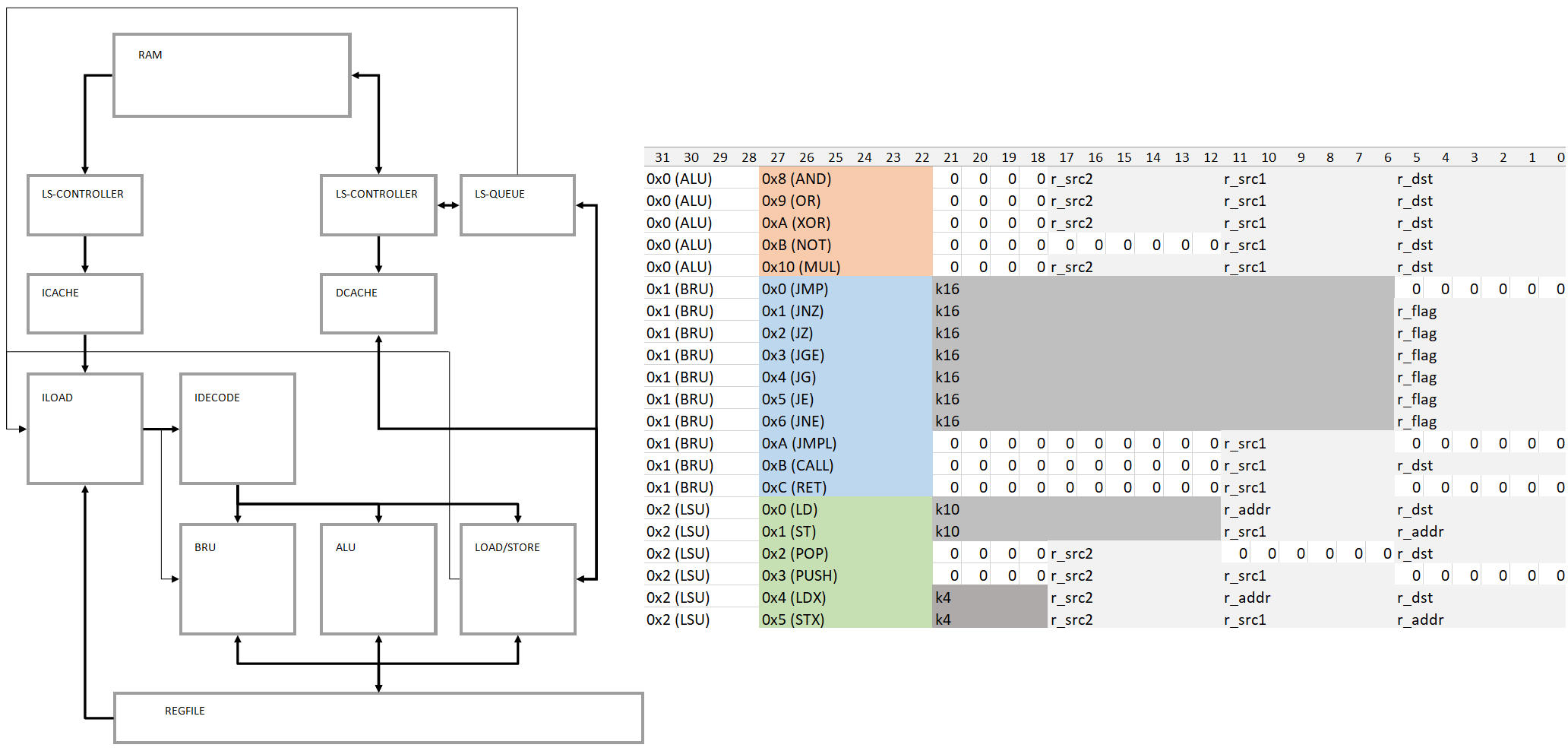2020
Max Rottenkolber <max@mr.gy>

What a year! It’s been pretty quiet on this blog. However, I’ve been busy and it can’t hurt to recap some of the things I did last year. Last year actually started out with FOSDEM. Big crowd. Huge event. I gave two talks, in person. Can you imagine?
RaptorJIT VM
At FOSDEM 2020 I gave a talk on the work done on RaptorJIT, and the goals and motivations of the project. I also gave a more general talk at ELS 2020 on the workings, benefits, and caveats of just-in-time compilation, using LuaJIT as an example. That talk, Later Binding, is also available in a more detailed paper format.
A milestone was reached on the work of porting LuaJIT’s interpreter to C. After fixing a handful more bugs I managed to run the Snabb basic1 benchmark successfully using the new VM, and currently our new interpreter passes almost two thirds of the Snabb test suite. Famous last mile, huh?
Rush
Mostly to learn Rust, I ported Snabb to Rust, and you can relive my experience doing so in a screencast series I recorded while hacking on Rush. That work turned out commercially viable, and I’m currently working with a startup on network shaping tools based on Rush.
Embedded hacking
I also wanted to give Rust a spin for embedded hacking, and ended up doing a couple projects around the STM32 bluepill and Waveshare e-ink screens. I had to learn some very basic soldering—behold my first ever solder, which I thought I botched but turned out to work fine:

…and I also used a logic analyzer for the first time. A new form of debugging for me which I enjoyed thoroughly! I ended up doing an I Ching divination appliance, that collects entropy by tuning two clock crystals on the STM32F103C8 against each other, and renders the resulting hexagram to a e-ink screen.

Following Dmitry V. Sokolov’s Understandable RayTracing in 256 lines of bare C++ I hacked up a scruffy ray tracer. Mind you the e-ink displays I was working with support just two colors, so I came up with a dithering based approach.

I then ported that ray tracer to the STM32F103C8 board, this time using Mecrisp-Stellaris Forth, because I always wanted to do some Forth hacking. That turned out to be quite the fun exercise given the constraints of this particular micro-controller: 72 MHz core clock frequency, 20 Kbytes of RAM, 128 Kbytes of ROM, and no FPU.

Forth was lots of fun. In some ways it is truly elegant, and fully interactive given the compiler and interpreter run on the freakin’ micro-controller, snappy, even at 8 MHz. Below you can marvel at my breakpoint-to-REPL debugger in six lines of Forth. Nevertheless, I feel I saturated my hunger for Forth hacking for now.
false variable break-continue : continue true break-continue ! ; : break cr ." Breakpoint hit" cr begin cr query interpret ." ok." break-continue @ until cr false break-continue ! ;
Designing a CPU, and an ISA, and an assembler, and a compiler!
Continuing the hardware theme, I decided I wanted to learn Verilog and what better way to learn than to design and implement your own tiny CPU core and ISA?

While I think the ISA turned out OK, my first core design isn’t very good as could be expected. I’ll have to re-architect this one to get it to synthesize on a real FPGA. It does however simulate fine in Verilator already, and that’s good enough for quite a test drive.
And its already somewhat fully featured too, at least conceptually. I made a branch predictor, instruction and data caches, an ALU, and a load/store unit.

To play with my core, I had to write an assembler for my brand new ISA of course, but I didn’t stop there. Learning about SSA based compilers was high on my bucket list, so I built my first compiler for a subset of Lua targeting my fledgeling architecture.
Compilers are quite the rabbit hole! I ended up implementing function calls, call inlining, code folding, dead code elimination, structs and arrays, and a simple compile-time type system. And while its still in a very early stage of development, it kind of works nicely? I can compile and assemble non-trivial programs, and correctly run them on my CPU core under Verilator. How cool?
Below is a test program and its compiler output, just to show off. I can’t wait to get back to hacking on this next time I can free up some significant time!
function foo (a, b)
local sum = 0
for i = a, b do
sum = sum + i
end
if sum > 100 then
return bar(sum)
-- return -sum
else
return sum
end
end
function bar (x) return baz(x) end
function baz (x) return -x end
function main ()
return foo(1, 100)
endk r0 @main jmpl r0 @main: k r1 0 k r2 100 k r3 1 k r4 1 L1: cmps r5 r2 r4 jge r5 >L2 jmp >L3 L2: add r1 r1 r4 add r4 r4 r3 jmp <L1 L3: k r4 100 cmps r4 r4 r1 jge r4 >L4 jmp >L5 L4: mov r0 r1 ret r29 L5: k r4 0 sub r0 r4 r1 ret r29